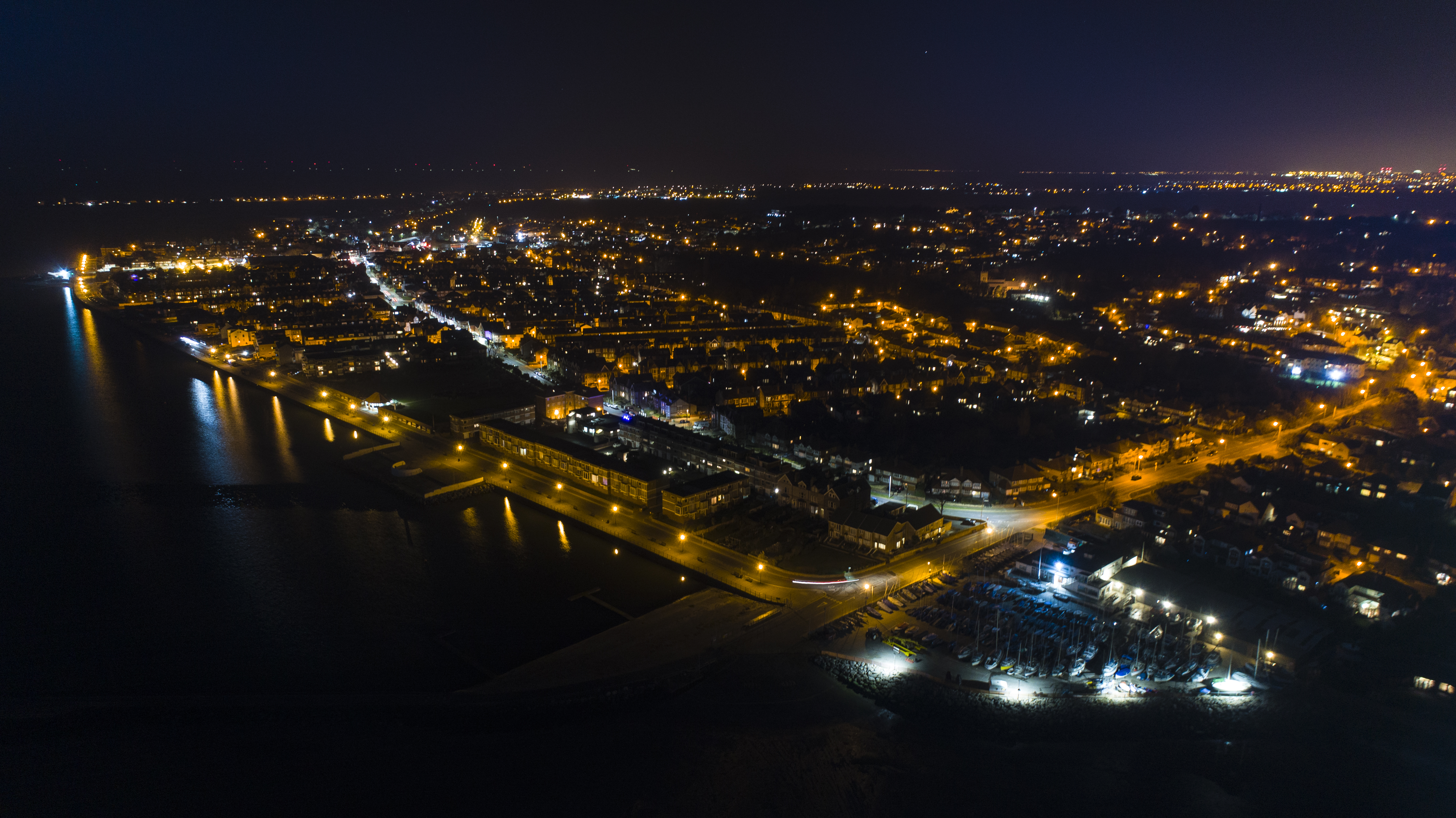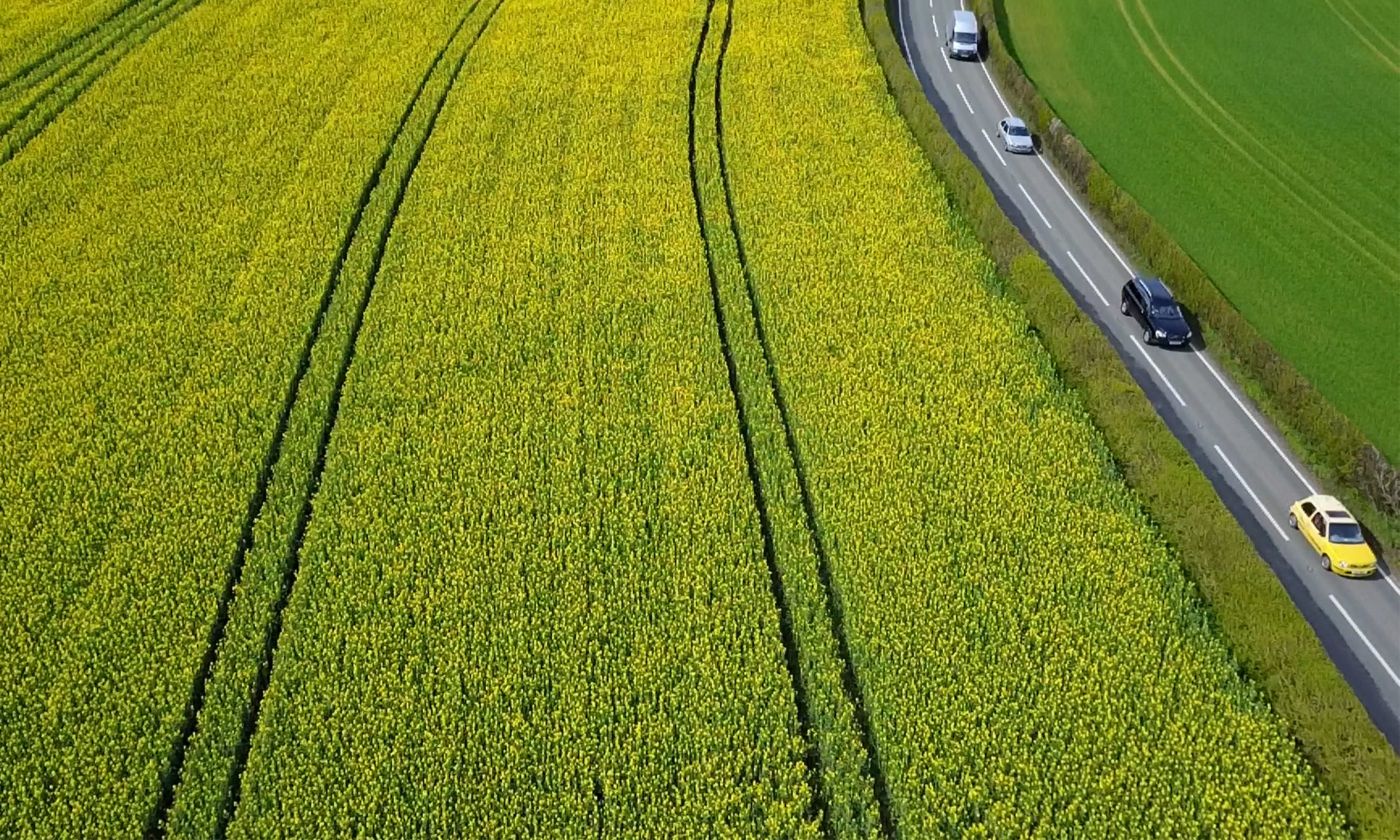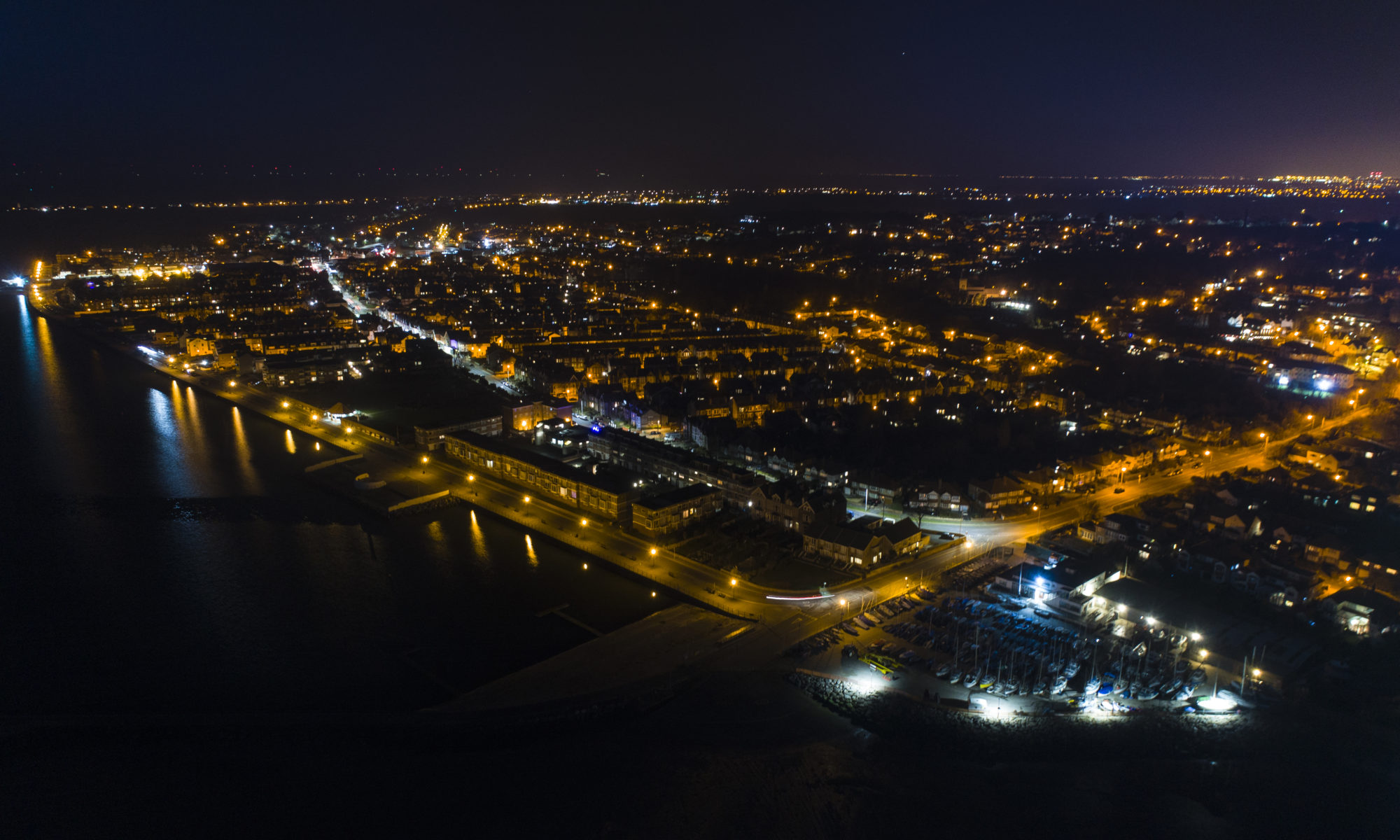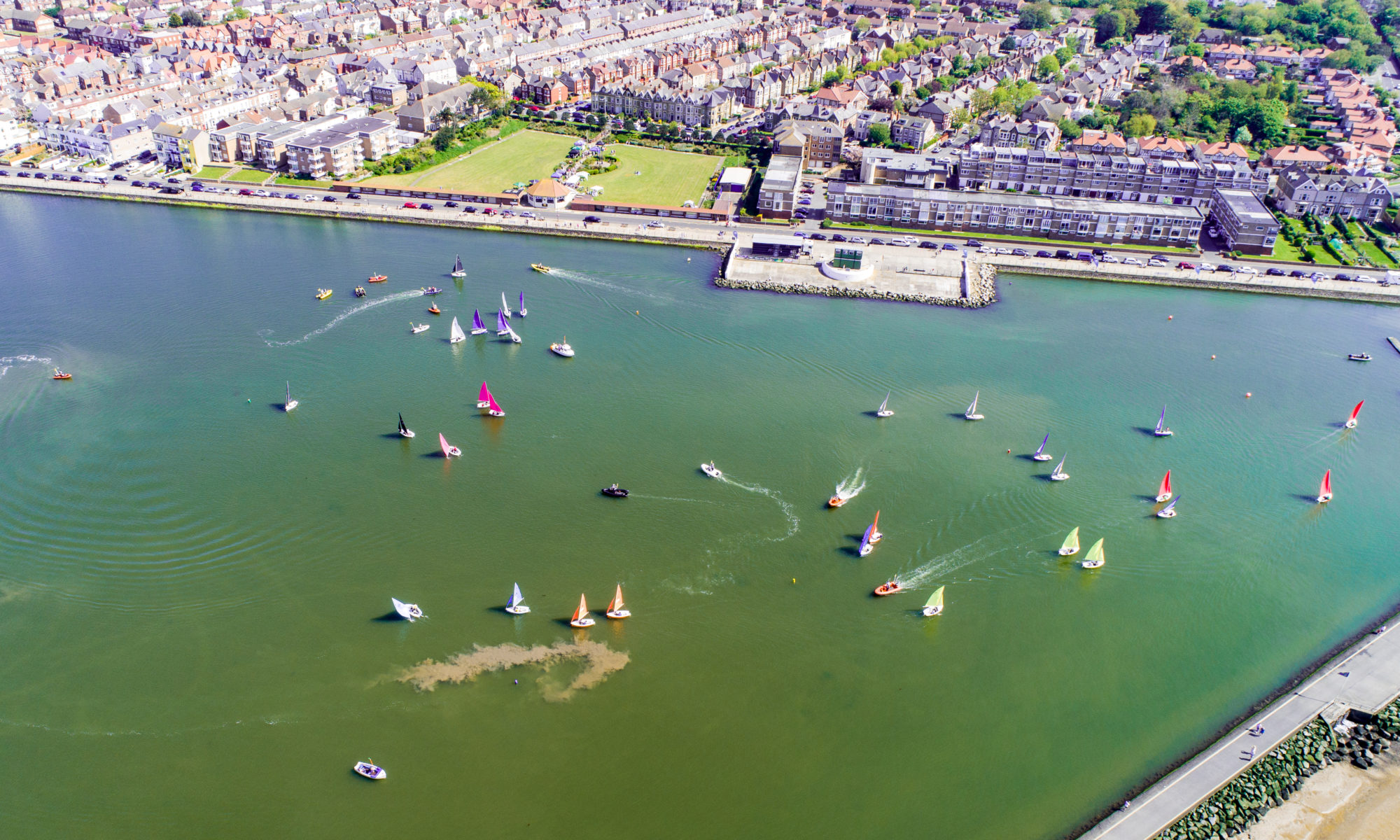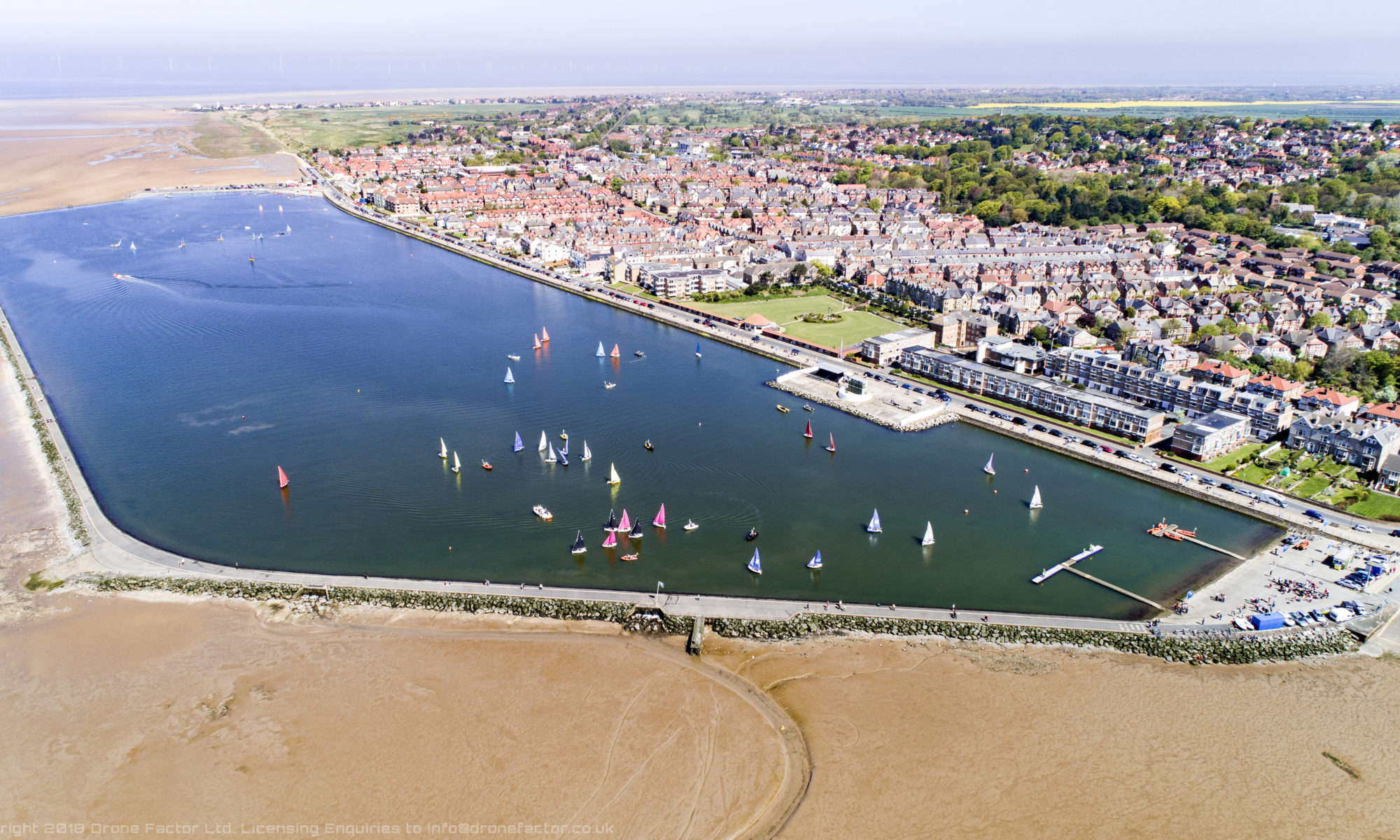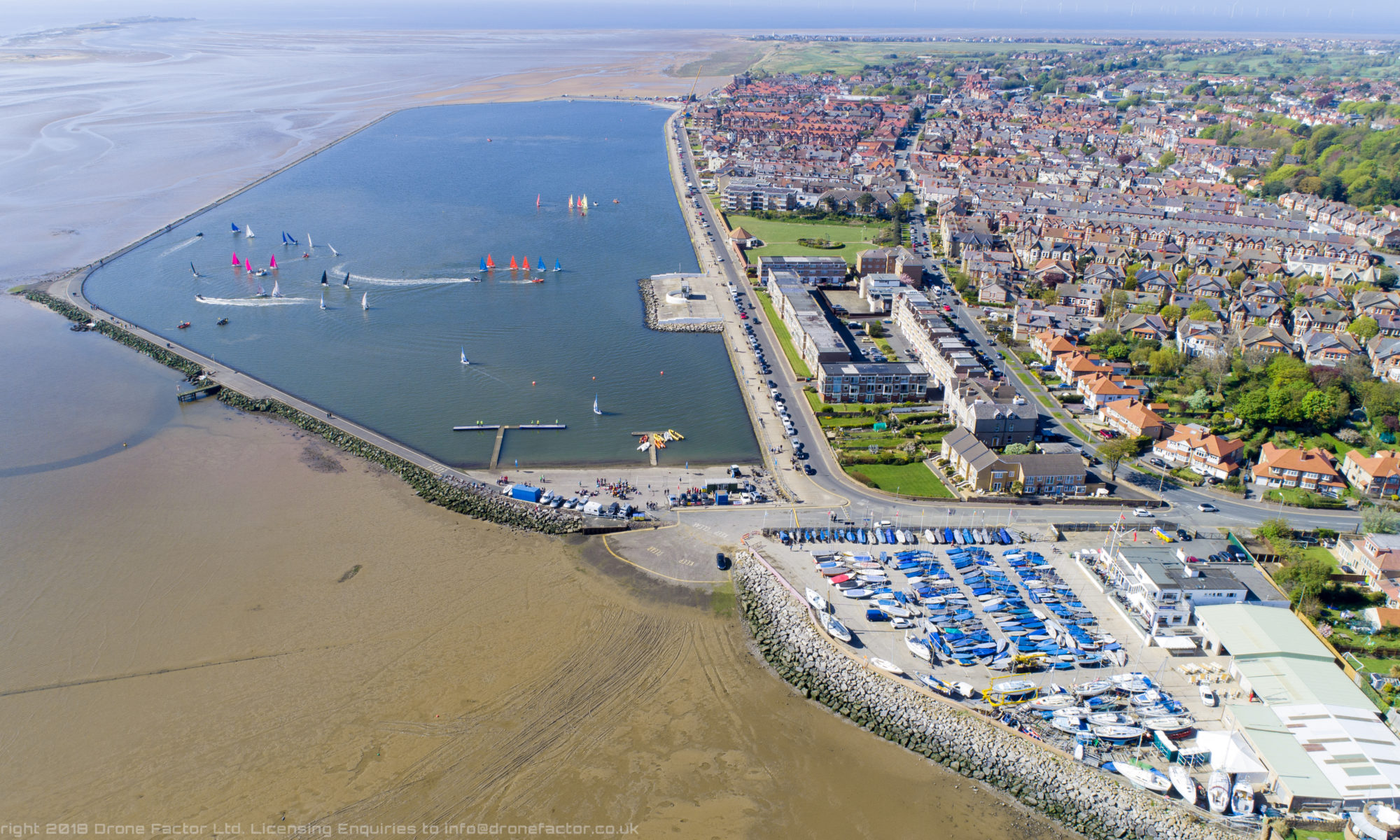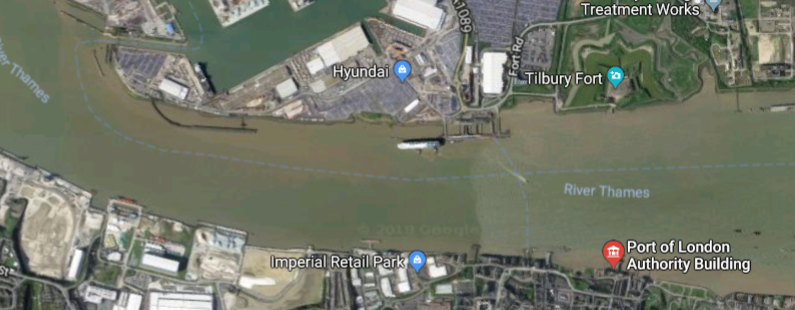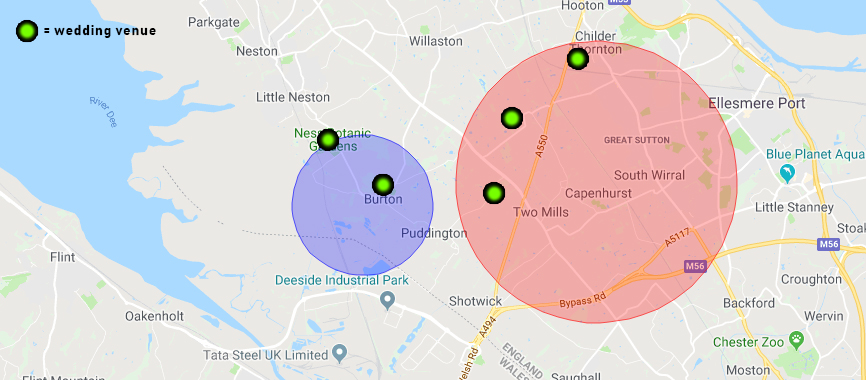Drone Safe Register Blog: YouTubers beware, your videos can now be used as evidence.
If you know a Drone pilot, please forward this article to them. It might save them a court case, fines or bans from flying.
To those who don’t check pilot credentials: You are putting your business and your reputation at risk, because you are also liable for facilitating illegal activities.
Read the 1 minute guide on how to tell if your pilot is legal. All DSR pilots are legal and insured, and you can be assured that when you hire one for your project, things will be done properly, safely, legally, and will be able to provide all of the documentation.
Ask yourself: would you get in a car that has ‘taxi’ scrawled on a piece of paper, taped to the passenger window, or would you prefer a licensed cab with a driver who has proper insurance? Would you feel safe or would you be concerned that in the event of an accident you would not be compensated?
Pilots being paid for work without CAA permissions: Your time is up.
Stop while you have the chance, or get a license and do things lawfully.
Your previous videos can still be used as evidence against you, you should consider removing them.
Starting this summer, the CPS will begin actively looking and accepting evidence of illegal flights (over towns, beyond 500m range for example). These videos will be used as evidence against users. There are also a number of UK businesses based around locating and prosecuting illegal pilots, with the bill being footed by the illegal operator.
A significant effort will be put into tracking down these illegal operators, and they will be perused and prosecuted to the full extent of the law.
The wind is changing, illegal operators, and you would be well advised to stop carrying out flights that are:
- For valuable consideration
- In or over protected areas
- Near Sites of Special Scientific Interest (SSSI’s)
- At distances greater than 500m or over 120m (the legal limits)
- Breaking local bylaws
- Over towns, congested areas, or near people or property who haven’t consented to the activities
Put simply, all operators who ‘just do it’ have no regard for others personal safety, the law, bylaws or protection orders that are in place for good reason.
They are unprofessional, often become aggressive when challenged about their activities, and more importantly, are never as good as the real thing – Drone Safe Register pilots are at the top of their game, they know the industry, the technology and most importantly, the rules that keep people safe.
If you fly your drone for ‘beer money’, consider selling it and using that money for something more productive that is within the law.
Illegal pilots; you know who you are, and be assured, your time is up.
To those wanting to use Drone services, you are advised to best to bookmark the DSR instant quote now, and not wasting time with sub standard pilots.
